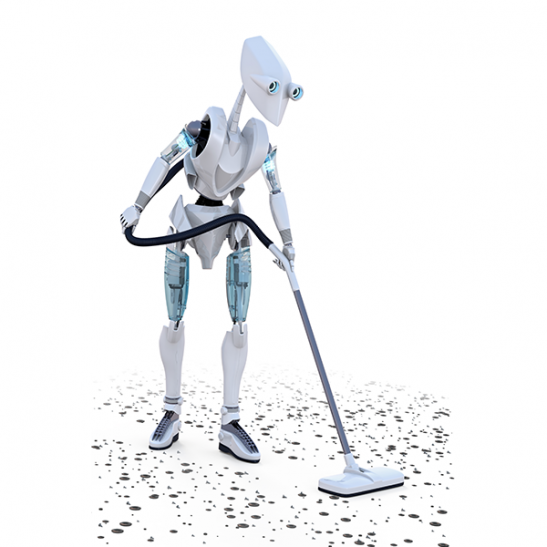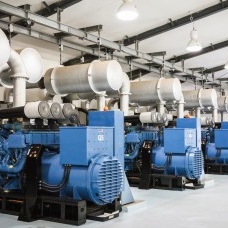How Artificial Intelligence can help you right now
16.01.2014
Artificial Intelligence often inspires thoughts of robot maids and starship computers with a hidden agenda. In reality, we’re a long way from seeing computers develop personalities. But the field of machine intelligence has yielded some algorithms that are nonetheless extremely useful for making decisions. In a sense, these algorithms are like ‘sniffer dogs’ of modern data. Finding useful correlations and making inferences can take mountains of data and put it to good use – including finding places for improvement.
Machine Learning is one of many Artificial Intelligence techniques whereby a computer essentially learns that a given set of inputs should produce a given set of outputs. Like a child learns through reference experiences – such as by touching a hot stove – a computer learns through reference data. Usually, the more data you feed the algorithm, the more it will be able to predict the output. Of course this only applies if the output is in fact related to the input. Carl Duncan showed in 1949 that rats trained to avoid an electrified grid learn much slower when confused by electro shocks at other times [1]. Similarly, machine learning algorithms will fail to make predictions when outputs are not correlated to inputs.
When outputs are correlated to inputs, machine learning becomes a very powerful tool. In the context of a large process plant, many thousands of process values are recorded continuously. In most plants, these values are often monitored by a DCS for out of range values for the purpose of tripping a process and preventing disaster. However, the health of the plant as a whole is a completely different metric, and something that machine learning can help monitor. Imagine an omnipresent operator who could see the values of all instruments in the plant at the same time, and can instantly sense when plant is getting out of hand, or simply not running efficiently.
The true strength of machine learning is in dealing with non-linearities, which occur naturally in any process plant. While typical process control systems deal with process variables in a linear fashion and assume outputs are proportional to inputs, machine learning can help where outputs are not directly proportional to inputs, yet are related. These include situations where there are intermediaries that are not observable – very common in process plants.
Improved plant insight is just one of many uses for machine learning. Machine learning has been used for direct process control in the steel industry [2], although special precautions need to be taken here to avoid unpredictable behaviour. Search engines increasingly use machine learning to display targeting advertising to users. It is used in border security, medical imaging, face recognition, and very heavily in scientific research. Regardless of whether we’ll see robotic housemaids in the future, machine learning is already here and it’s getting smarter all the time.
[1] The retroactive effect of electroshock on learning, Duncan, Carl P. Journal of Comparative and Physiological Psychology, Vol 42(1), Feb 1949, 32-44.
[2] http://www.dmargineantu.net/NIPS06-TDLDS/TDLDS-NIPS06.SiemensSteel.pdf
___
More by Jordan West
5 Critical tools missing in the control systems world



